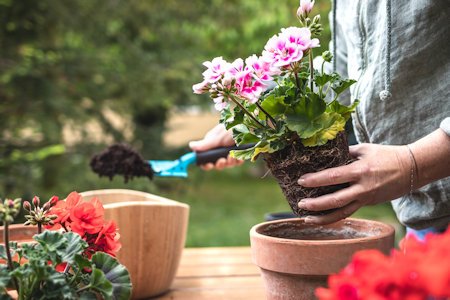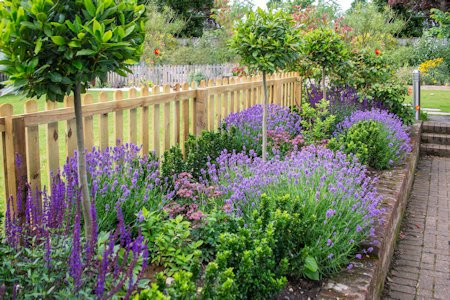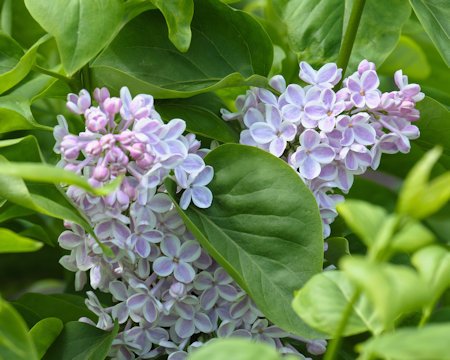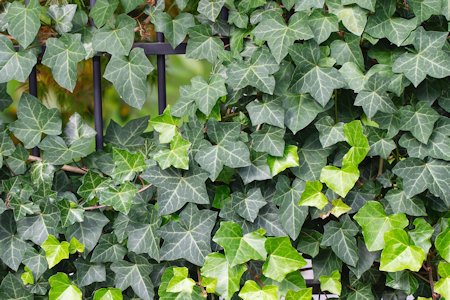Understanding Your Gardens Growing Conditions
Everyone deserves to enjoy the beauty of seeing plants thrive in their garden, whether that be a small selection of pots on a balcony or acres of land in the countryside. To do this, however, you need to understand the growing conditions you are working with.
How to determine your growing conditions

You can ask yourself these key questions:
- Is it sunny or shady?
- Level or sloping?
- High or low?
- Exposed or sheltered?
- Which way does it face?
Achieving the best results is as simple as choosing the right plants for your gardens growing conditions. Fortunately, in the UK we are lucky enough to have an extensive variety of plants we can grow, giving you plenty of options for your garden!
Sunny or shady?
No matter where you live, you will always see a mixture of sun and shade in your garden, rarely just one or the other. Ultimately, the amount of sun in your garden is affected by multiple factors.

The direction your garden faces plays a huge part as well as the shadows from your house and other plants. To help determine whether your garden is more sunny or shady we use terms such as ‘full sun’ and ‘full shade’. It’s important not to take these too literally, they simply refer to the amount of sunlight in the growing season.
Full sun – at least six hours of direct sunlight during the middle of the day.
Part sun / part shade – direct sunlight for at least half the day before or after noon (the sun is weaker in the morning and evening).
Dappled sun – direct sunlight broken up by leaves and branches.
Full shade – little or no direct sunlight.
The best way to determine where there is sunlight or shade in your garden is to spend a day relaxing, watching the world go by. Top tip: don’t relax too much and forget to observe how much sun each area in your garden gets. Having full sun in your garden does give you a much wider choice of what you plant, but don’t panic if it’s full shade, there are still plenty of options to choose from.
Options for a sunny garden

Another great option for your sunny garden is an Abelia x grandiflora, a semi-evergreen shrub. This shrub has glossy green leaves and white flowers with tinges of pink, perfect for the sun. Keep your soil moist but well-drained and your shrub will stay happy.
The Spiraea ‘Shriobana’ is the perfect option to add elegance to your sunny garden. The shrub is deciduous with clusters of domed white flowers blooming for weeks in summer.
Syringa’s are essentially the wild species of Lilac and therefore thrive in full sun and a well-drained environment. The Syringa Vulgaris for example is a dense, soft-looking shrub, producing double scented white flowers in spring and summer.
Options for a shady garden

English ivy can be seen as the easiest plant to grow in shade, commonly used to cover shady walls. With it being easy to train to climb, it is the perfect option to add to your pergola poles or to simply create a leafy backdrop.
Many hardy geraniums, also known as cranesbill geraniums, are also a great shade tolerant plant to add to your garden. The Geranium San Max Frei (common name bloody cranesbill) is a semi-evergreen perennial with green leaves and red flowers in spring and summer.
Hardy cyclamens are perfect for the shade as they grow best at the base of other small shrubs and trees. These hardy cyclamens bloom in shades of white, pink, and red from late winter to early spring.








